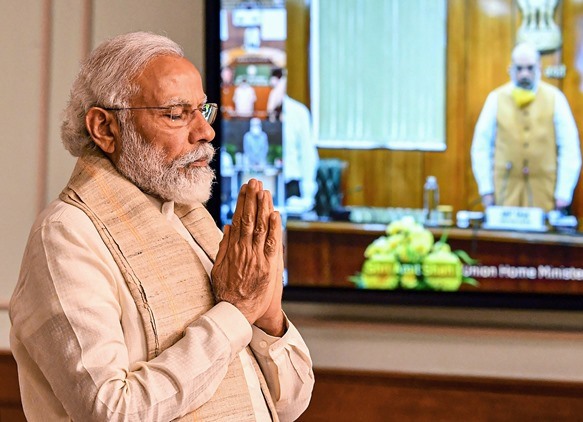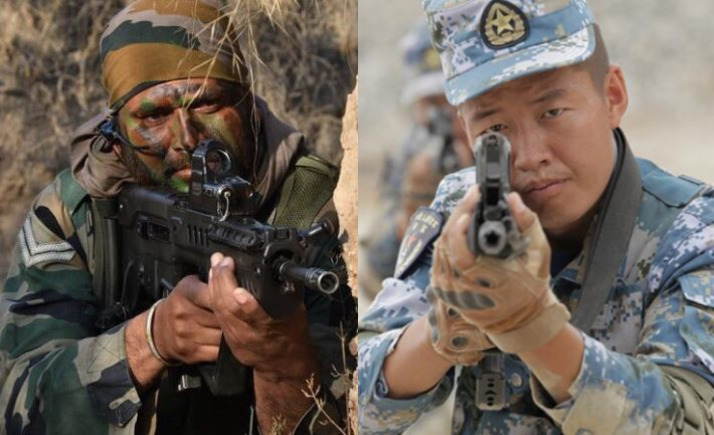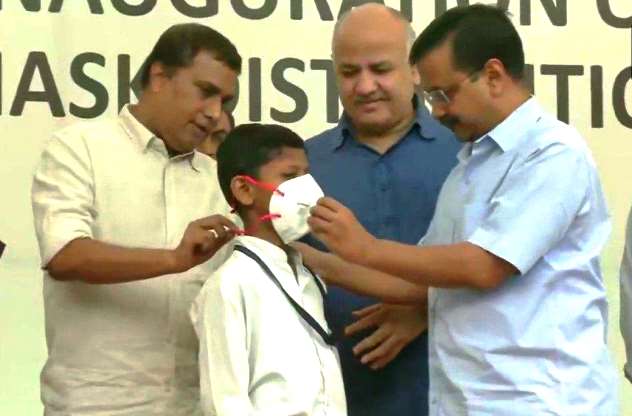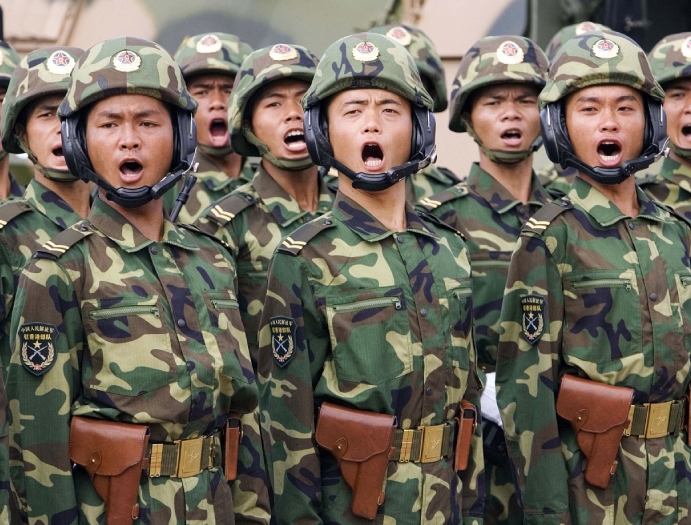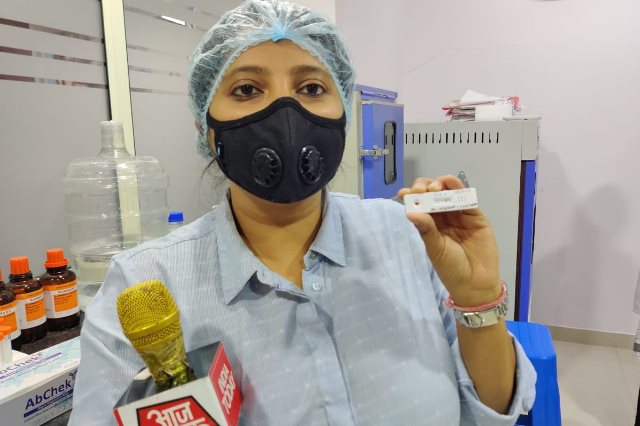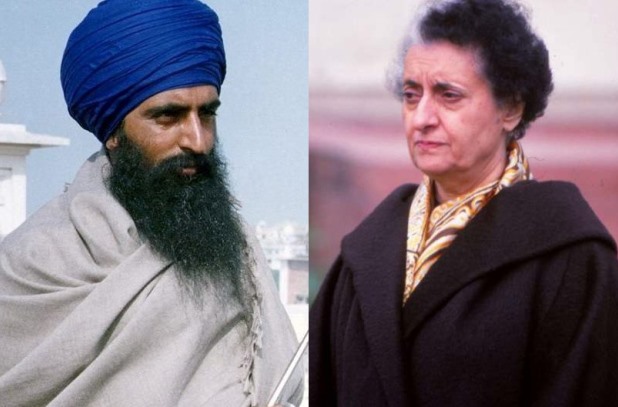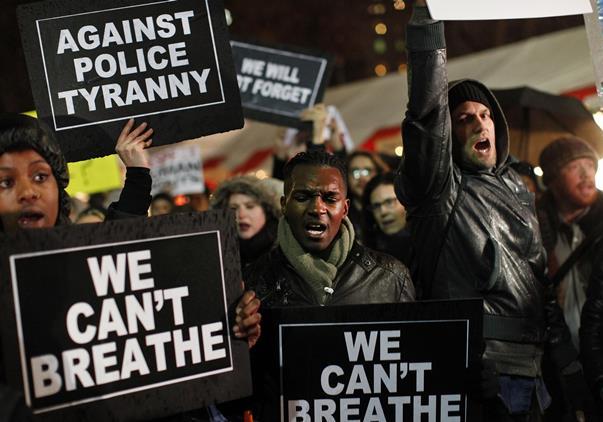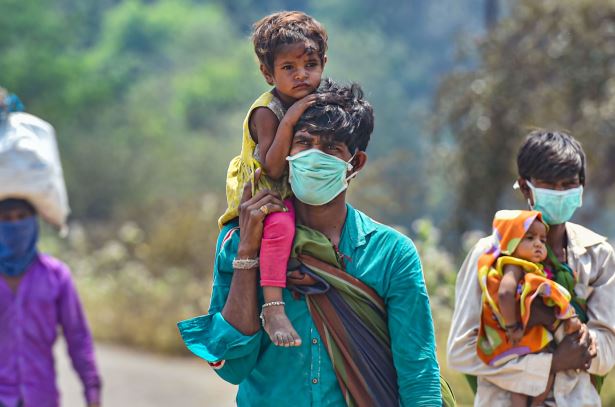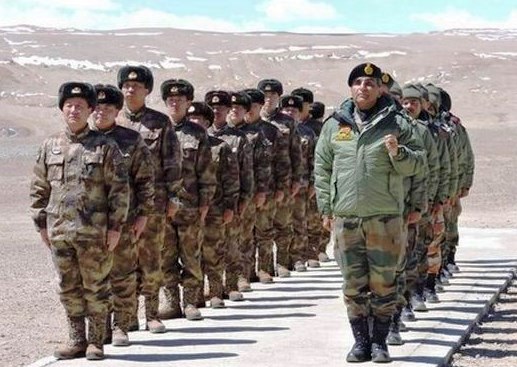An-all party meeting called by Prime Minister Narendra Modi last week was essentially aimed at forging a national consensus on the government’s China policy but it instead resulted in a raging controversy which has emboldened the opposition and embarrassed the ruling dispensation.
Already on the warpath, the Congress got fresh ammunition to attack the Prime Minister personally when he told the all-party meeting that there had been no incursion into Indian territory by the Chinese and no Indian post had been captured.
Modi’s categorical statement expectedly drew a sharp reaction from former Congress president Rahul Gandhi who has been in attack mode ever since 20 Indian soldiers lost their lives in a violent confrontation between the Indian and Chinese troops in Ladakh’s Galwan Valley. Accusing the Prime Minister of “surrendering Indian territory to Chinese aggression”, the Nehru-Gandhi scion asked the government to explain that if the land was Chinese, “Why were our soldiers killed and where were they killed?” Former home minister P.Chidambaram also released a statement punching holes in the Prime Minister’s claim on the Ladakh developments.
ALSO READ: China Threat: Raise Defence Budget To 3% Of GDP
Unlike other opposition leaders, whose response to the India-China clash has been muted, Rahul Gandhi has upped the ante to put the government, and more specifically the Prime Minister, on the mat, for “sleeping” on the wheel. He began by questioning Modi’s silence on the death of the jawans, went on to charge that the Modi government had been in denial about the Chinese incursions and then asked why the Indian soldiers were unarmed.
Congress president Sonia Gandhi also did her bit in cornering the government when she unexpectedly asked tough questions about the chronology of the Chinese incursions and a possible intelligence failure at the all-party meeting convened by Modi.
Sonia Gandhi’s searching queries on what she described as “many crucial aspects of the crisis” were in line with the Congress party’s considered strategy to buttonhole the Modi government for its lax response to the ongoing build-up of Chinese troops along the LAC which led to a violent clash between the two armies in the Galwan Valley.
Rahul Gandhi’s tweets have elicited a sharp response from the Union ministers Amit Shah and S.Jaishankar and this war of words between the Bharatiya Janata Party and it will only intensify further in the coming days.
Though it is unusual for the Congress to take such a strident position on a matter of national security when all political parties generally put up a united front, the principal opposition party is feeling emboldened to slam the Modi government as it realises that BJP is constrained from waving its usual nationalist flag and resorting to fervid rhetoric in this instance.
In fact, the Modi government has been extremely restrained in its reaction. Though the Prime Minister has assured the country that the Indian army has the necessary capability to protect its sovereignty and integrity, the overall tenor of his statements has been fairly restrained. But given the growing anger among the people, the government has to be seen to be hitting back at China. So it has decided to cancel major infrastructure contracts awarded to Chinese firms, stop import of Chinese goods and discourage trade ties with China.
ALSO READ: Will Chinese Attacks Attract Global Attention?
This is in sharp contrast to the Indian response to the Pulwama terror attack in which 40 CRPF jawans were killed. This had immediately led to a national outcry for revenge as Pakistan-based terror group Jaish-e-Mohammad was said to be responsible for the attack. The Modi government had then ordered a pre-emptive strike conducted by the Indian Air Force in which several terrorists were killed. Modi himself had then raised the pitch and taken personal credit for teaching Pakistan a lesson while the BJP rank and file had touted the Balakot airstrike as the latest example of its nationalistic credentials and Modi’s strong leadership. This retaliatory attack and the BJP’s shrill campaign led to a Hindu consolidation in favour of the saffron party and its impact was there for all to see in the result of the 2019 Lok Sabha election.
However, China cannot be bracketed with Pakistan. First, China is more powerful than Pakistan both economically and militarily. And second, it does not serve the BJP’s communal agenda to adopt a belligerent stand against China. Consequently, the BJP’s response to the Congress attack has been confined to remind the opposition party about the defeat suffered by India at the hands of China in 1962 when Nehru was Prime Minister. The party also underlines that India is far more self-assured with Modi at the helm and points to the infrastructure development which has taken place along the border in the last six years.
WATCH: ‘I Will Never Stock Or Sell Chinese Products’
Nevertheless, the Congress unrelenting attack has touched a raw nerve and both the Prime Minister’s Office and the ministry of external affairs have tied themselves in knots explaining Modi’s statement that there had been no intrusion by the Chinese. The government and the party are in constant damage control mode.
But for all the explanations his government has to proffer and the embarrassment it is suffering, Modi’s image as a strong, decisive leader remains intact and his popularity undiminished. The Modi brand has survived a floundering economy, a raging pandemic and the worst migrant crisis in recent months. And it is now all set to sail through the standoff with the Chinese.
The Congress is making a valiant attempt to tarnish Modi’s image but it lacks credibility and an articulate leader to convince the public that Modi has failed to live to their expectations. Eventually, Rahul Gandhi’s persistent attack against the Prime Minister could well be reminiscent of his campaign on the purchase of Rafale aircraft when his slogan “chowkidar chor hai” only ended up strengthening Modi.
